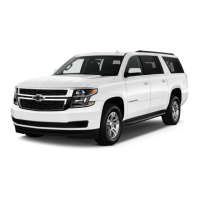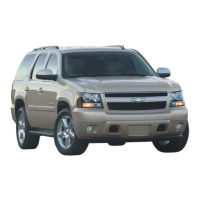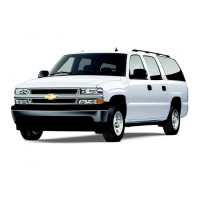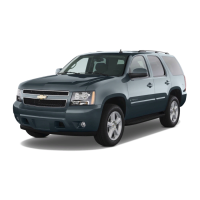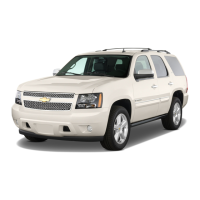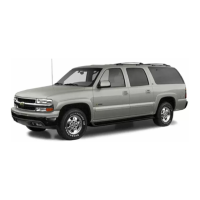I
.A
CAUTION:
I
Mixing tires could cause you to lose control while
driving.
If
you mix tires of different sizes or types
(radial and bias-belted tires), the vehicle may not
handle properly, and you could have a crash.
Using tires of different sizes may also cause
damage to your vehicle. Be sure to use the same
size and type tires on all wheels.
If
you use bias-ply tires
on
your vehicle, the wheel
rim flanges could develop cracks after many
miles
of
driving.
A
tire and/or wheel could fail
suddenly, causing a crash. Use only radial-ply
tires with the wheels on your vehicle.
Uniform Tire Quality Grading
The following information relates to the system
developed by the United States National Highway
Traffic Safety Administration, which grades tires by
treadwear, traction and temperature performance. (This
applies only to vehicles sold in the United States.) The
grades are molded on the sidewalls of most passenger
car tires. The Uniform Tire Quality Grading system does
not apply to deep tread, winter-type snow tires,
space-saver or temporary use spare tires, tires with
nominal rim diameters
of
10 to 12 inches (25 to
30
cm),
or to some limited-production tires.
While the tires available on General Motors passenger
cars and light trucks may vary with respect to these
grades, they must also conform to Federal safety
requirements and additional General Motors Tire
Performance Criteria
(TPC)
standards.
Treadwear
The treadwear grade
is
a comparative rating based on
the wear rate of the tire when tested under controlled
conditions on
a
specified government test course. For
example, a tire graded
150
would wear one and a half
(1
1/2) times as well on the government course as
a
tire
graded
100.
The relative performance of tires depends
upon the actual conditions of their use, however, and

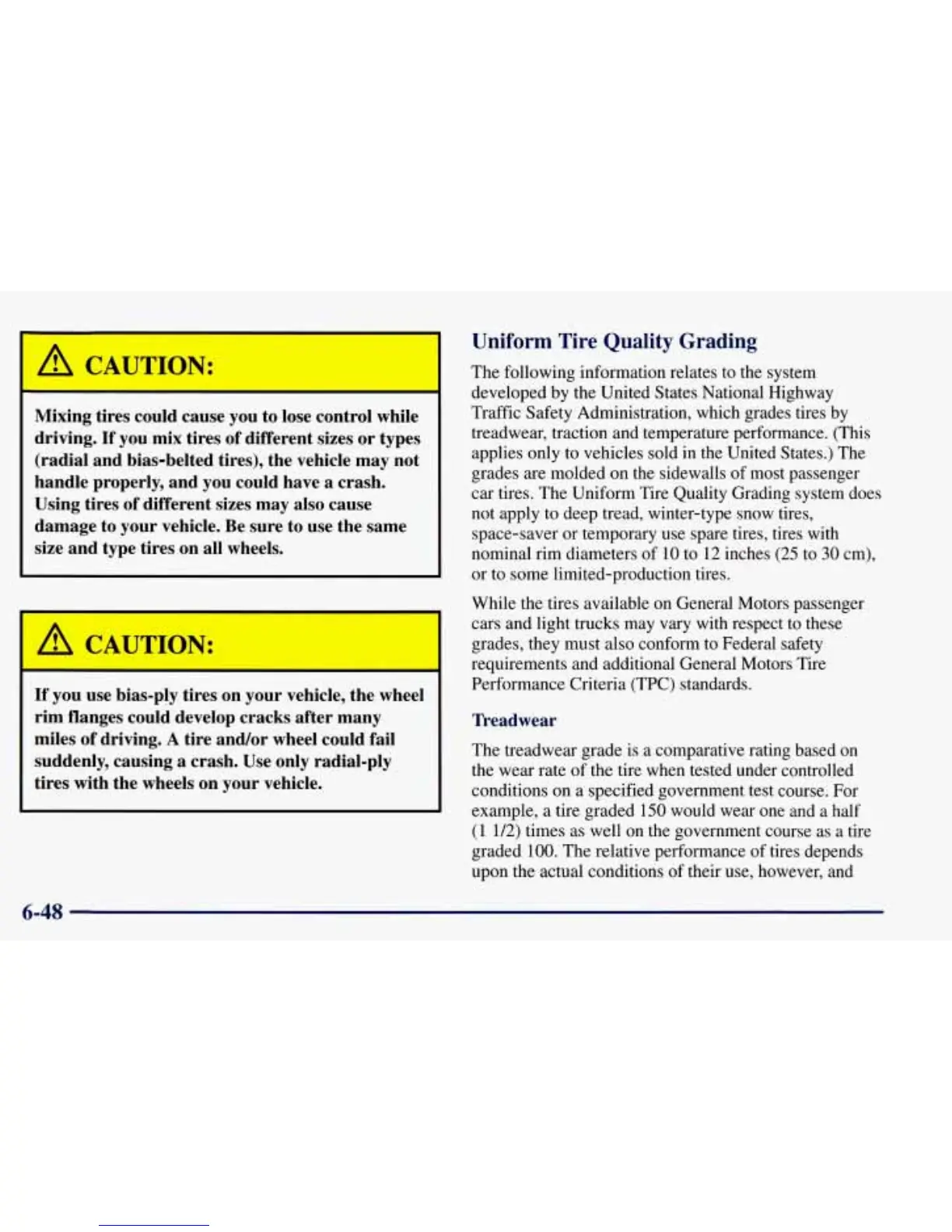